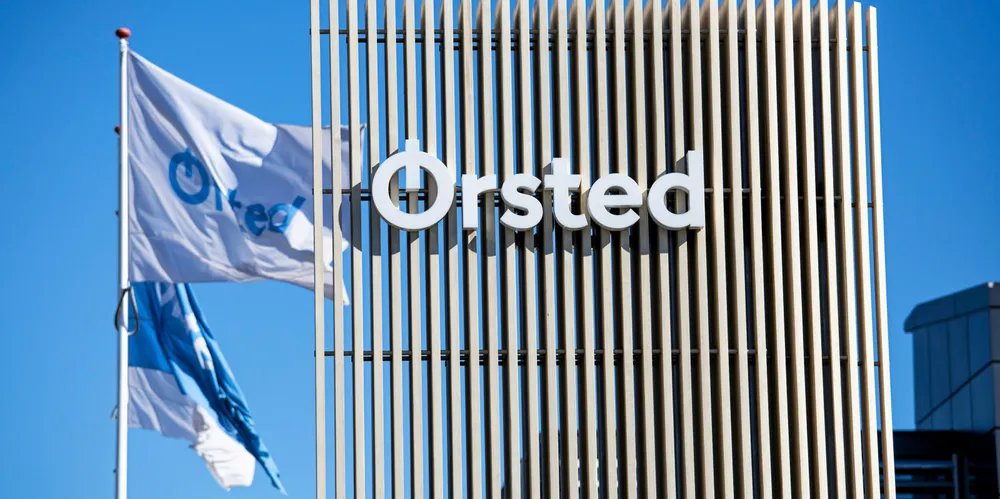Orsted's US Skipjack project resumes survey work for key submission
Beleaguered developer looks to submit site assessment and construction plans to regulators this year to help meet state's aggressive goals

US offshore wind pacesetter Orsted has resumed survey work for its 966MW Skipjack project for Maryland in anticipation of submitting two development plans to federal regulators this year.
The work follows up on similar surveys done last year for the project that was awarded over two solicitation rounds, the first 120MW in 2017, and the second 846MW in 2021.
Despite being among the first commercial scale projects awarded an offtake contract in the US, Orsted has not submitted either a site assessment plan (SAP) or construction and operations plan (COP).
The SAP is a preliminary proposal for the installation of meteorological towers and buoys to evaluate wind resources, while a COP is a far more extensive proposal for construction of turbines and laying of cables.
An Orsted spokesperson attributed the delays to “macroeconomic challenges, including high interest rates, inflation, and supply chain constraints”.
Skipjack was awarded offshore renewable energy credits (ORECs) valued at $132/MWh for the first phase, and $71.6/MWh for the second. An OREC represents the environmental attributes of one MWh of offshore wind energy.
These same challenges seen across its more than 4GW US portfolio contributed to Orsted potentially taking a $2.34bn impairment charge. The developer has suggested that if conditions don’t improve, it might walk away from its US project pipeline.
The project's COP and SAP “are expected to be submitted this year”, the Orsted representative added.
The other developer for Maryland, Italy’s Renexia-owned US Wind, submitted the COP for its combined 1GW MarWin/Momentum Wind array in 2020.
The Bureau of Ocean Energy Management (BOEM), lead regulator of energy development in US waters, expects to fully approve the project at the end of 2024.
Maryland anticipates both projects coming online by 2026, but that is highly unlikely given the duration of the federal permitting process.
The legislation puts the state “on track to become the offshore wind capital of America,” governor Wes Moore told an industry conference in April.
The bill took effect 1 June 2023, and requires the state announce its next round by 31 July 2024. It includes stipulations to encourage diversity in hiring and subcontracting as well as provisions for organised labour and community benefits plans.
It further enables both Skipjack and US Wind to retain value of tax credits in the Inflation Reduction Act (IRA) passed last year if at least 15% of construction, alteration, or repair work for the project is performed by qualified apprentices.
Under the IRA, developers can claim tax credits up to 50% of total capital costs of an offshore wind project, but under previous Maryland law, were required to return 80% of the value to ratepayers.
The state also stands out for the amount of investment it was able to gain from its two developers.
US Wind is developing a $150m monopile manufacturing site at the Tradepoint Atlantic logistics hub in Baltimore County, while Orsted is “committed to enabling the sub-sea array cable facility” with Greece's Hellenic Cables for around $140m.
Further pledges by developers would funnel $40m for port infrastructure, $76m for steel fabrication, and more than $100m for tower manufacturing.
Maryland anticipates developers will spend some $1.5bn in-state.
(Copyright)